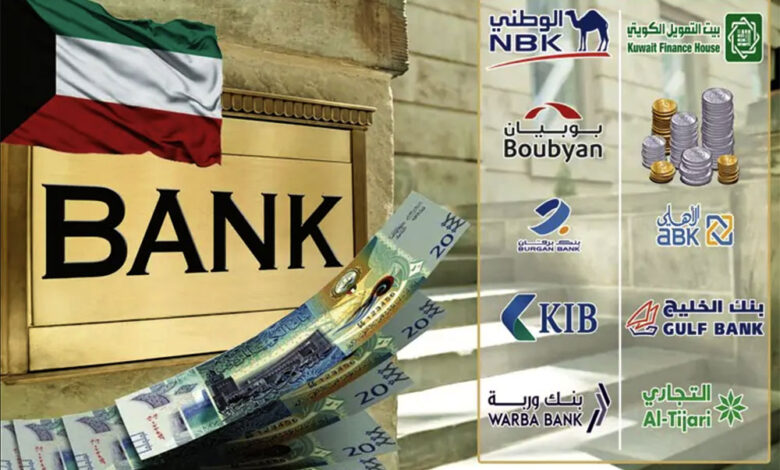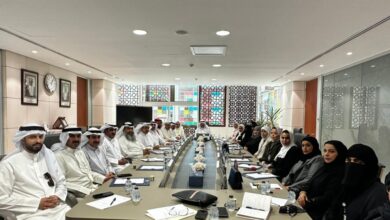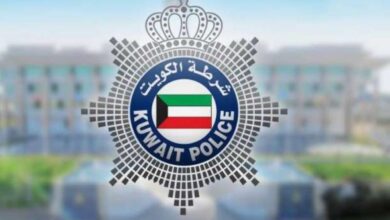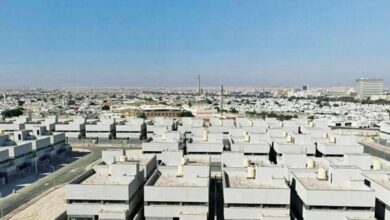
A report from Standard & Poor’s Global Credit Rating Agency (S&P) projects Kuwait’s GDP growth to increase to 3% in 2025. This growth is attributed to the OPEC+ alliance gradually easing some restrictions on oil production, alongside improved momentum in project implementation and ongoing economic reforms.
The report highlighted that Kuwait’s economy was expected to contract by 2.3% in 2024. However, S&P noted that the accelerated reforms in Kuwait over the past year improved the pace of economic growth and reform, which in turn would support increased lending in the banking system. Additionally, lower interest rates are anticipated to further boost lending growth.
The S&P report also indicated that the asset quality of Kuwaiti banks is expected to improve further in 2025. It noted that credit losses in the banking sector are nearing their cyclical lowest levels, and anticipates that banks will likely resort to write-offs to address the high percentage of non-performing loans. This move will be supported by the strong financing reserves held by the banks.
The report further added that, despite the risks associated with significant exposure to real estate and environmental factors, S&P believes Kuwaiti banks are well-positioned to withstand these pressures. Additionally, the report noted that geopolitical risks are currently under control, providing a stable outlook for the banking sector.
S&P noted that the profitability of Kuwaiti banks improved during the monetary tightening cycle, as higher interest rates boosted margins. However, with the current interest rate cuts, the sector’s profitability may face some pressure this year. Despite this, profitability could be partially supported by factors such as lending growth, the migration of deposits to non-interest bearing instruments, and a lower cost of risk.
Kuwaiti banks maintain strong capital margins, typically retaining around 50% or more of their net earnings to support capital. The quality of capital remains robust, with a modest share of hybrid instruments. As of the end of September 2024, AT1 instruments accounted for just 10.8% of total adjusted capital.
Lower interest rates present Kuwaiti banks with an opportunity to increase hybrid issuances and replace existing instruments at a lower cost when they reach their call dates. The banks’ funding structures are supported by a strong core customer deposit base and a net foreign asset position.
Deposits from the government and public institutions have experienced some volatility as these entities diversify their deposits between local and foreign banks.
However, S&P believes that government support for systemically important banks will be available if necessary, considering their critical role in financing the economy and the lack of a well-developed domestic capital market.
The agency highlighted that the Kuwaiti banking system holds a strong position in net foreign assets, which rose to 30.6% of domestic loans as of November 30, 2024. This strong position is due to limited domestic lending opportunities, making banks less vulnerable to potential capital flight in the event of heightened geopolitical risks.
S&P stated that its current credit ratings and stable outlook for Kuwaiti banks reflect their strong performance through 2025, supported by improved asset quality, higher lending growth, and sustained profitability. However, potential downgrade risks remain due to regional geopolitical tensions and oil market volatility.
S&P added that inorganic growth has bolstered the Kuwaiti banking sector in recent years, as banks have focused on diversifying and strengthening their financial positions due to limited opportunities for organic growth.














